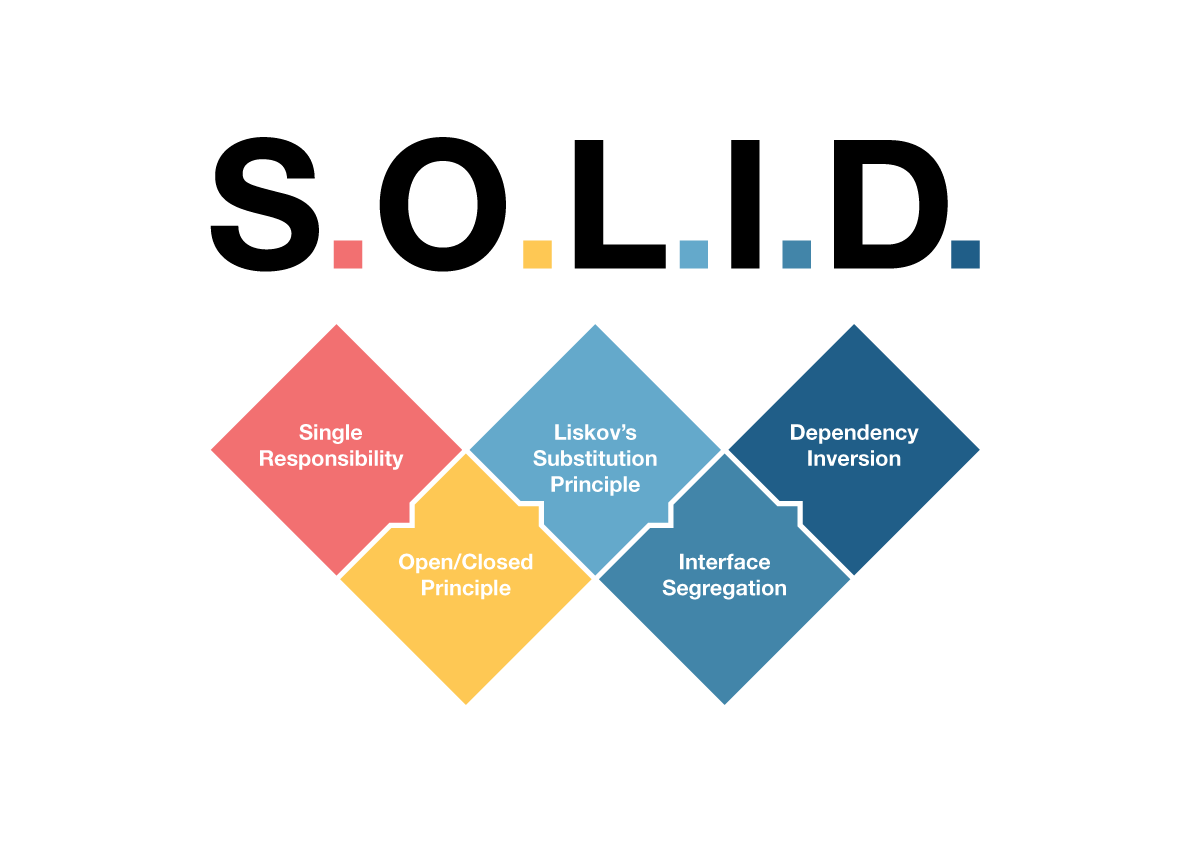
- #..net solid principles tutorial software
- #..net solid principles tutorial code
- #..net solid principles tutorial series
The overall responsibility of OrderProcessorV2 can be understood within the amount of time that has taken to read this line.

#..net solid principles tutorial code
The amount of code lines in OrderProcessorV2 has radically changed so does the readability. Five agile principles that should guide you every time you write code. Single Responsibility (SRP), Open/Close, Liskovs Substitution, Interface Segregation, and Dependency Inversion.
#..net solid principles tutorial series
This post is part of a series called The SOLID Principles. if everything step is successful then return true. SOLID: Part 1 - The Single Responsibility Principle.
#..net solid principles tutorial software
Different Types of Software Design Principles.

By the end of this section, you will have a strong foundation in Software design patterns and principles. Now we may get more than 1 customer detail from those 3 databases against given last name. 6) Email the confirmation to the customerĬustomerDataAccess customerDataAccess = new CustomerDataAccess() Ĭustomer cust = customerDataAccess.GetCustomerDetails(orderToProcess.CustomerId) ĮmailService mailService = new EmailService() The beginner section will help to get insight into software design principles and software Design patterns along with Gang of four design patterns. Scenario: Suppose we have 3 databases (Mortgage Customers, Current Accounts Customers and Savings Account Customers) that provide customer data and we need customer details for given customers last name. TotalMinutes += ds.EstimateDeliveryTimeInMinutes(nextProduct.Key) Also, you are on the border of a principle called Inversion of Control (IoC), which is the practice of using a specific IoC container (Ninject, CastleWinsor, Unity, etc) to resolve your dependencies automatically, whereby you never call the new keyword directly. calculate estimated time of delivery.ĭeliveryService ds = new DeliveryService() įoreach (KeyValuePair nextProduct in productAvailability) SOLID DesignPrinciples SolidPrinciplesHey there, In this video, I tried to explain the SOLID principle by showing the places where and how it can be imple. Reservation.ReserveProduct(nextProductId) ReservationService reservation = new ReservationService() Inventory.CheckStockAvailability(nextProductId) InventoryService inventory = new InventoryService() ĭictionary productAvailability = inventory.CheckStockAvailability(orderToProcess.ProductIds) įoreach (int nextProductId in orderToProcess.ProductIds) 3) Check the item is in stock – inventory PaymentProcessor.DebitAmount(orderToProcess.OrderTotal, cardDetails) PaymentProcessor paymentProcessor = new PaymentProcessor() 2) Check the money has been charged – finance 1) Check the credit card has been accepted.ĬreditCardDataAccess creditCardAccess = new CreditCardDataAccess() ĬreditCard cardDetails = creditCardAccess.GetCreditCardDetails(orderToProcess.CreditCardId) Public bool ProcessOrder(Order orderToProcess) Lets turn our attention to the version 2 of OrderProcesser class that is written by keeping SRP in mind. SmtpClient smtpClient = new SmtpClient("HostName/IPAddress") Īs we can see in the class definition that OrderProcessor has taken more than one responsibility.

Have a look on the code below: public class BankAccount Just because you can, doesn't mean you should.


 0 kommentar(er)
0 kommentar(er)
